
| Recorded by: Jeff Niznik on 2024-08-12
Orange Co.
Comment: | 
| Recorded by: David George, Stephen Dunn, Jeff Niznik, Patrick Coin on 2024-06-22
Chatham Co.
Comment: |

| Recorded by: David George, Jeff Niznik on 2024-06-10
Chatham Co.
Comment: | 
| Recorded by: Dean Furbish on 2024-05-07
Pender Co.
Comment: |
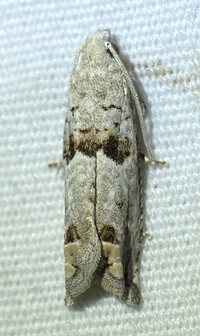
| Recorded by: Dean Furbish on 2024-05-07
Pender Co.
Comment: | 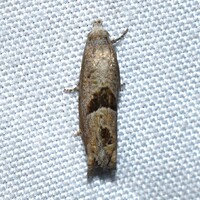
| Recorded by: David George, Stephen Dunn, Jeff Niznik on 2024-04-29
Chatham Co.
Comment: |
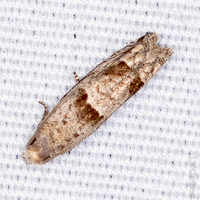
| Recorded by: David George, L. M. Carlson on 2022-07-25
Greene Co.
Comment: | 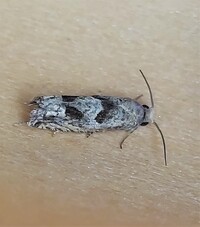
| Recorded by: Gary Maness on 2022-06-20
Guilford Co.
Comment: |
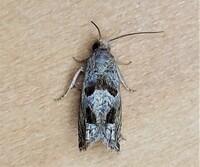
| Recorded by: Gary Maness on 2022-06-20
Guilford Co.
Comment: | 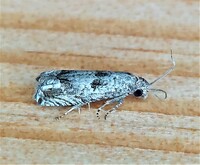
| Recorded by: Gary Maness on 2022-06-04
Guilford Co.
Comment: |
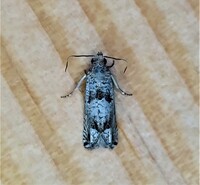
| Recorded by: Gary Maness on 2022-06-04
Guilford Co.
Comment: | 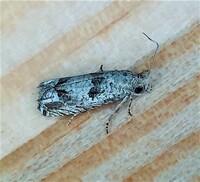
| Recorded by: Gary Maness on 2022-06-04
Guilford Co.
Comment: |

| Recorded by: Gary Maness on 2022-05-21
Guilford Co.
Comment: | 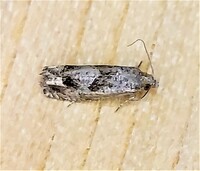
| Recorded by: Gary Maness on 2022-05-21
Guilford Co.
Comment: |

| Recorded by: Gary Maness on 2022-05-19
Guilford Co.
Comment: | 
| Recorded by: Gary Maness on 2022-05-19
Guilford Co.
Comment: |

| Recorded by: Gary Maness on 2020-08-04
Guilford Co.
Comment: | 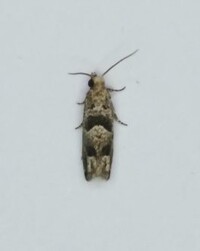
| Recorded by: Gary Maness on 2020-07-26
Guilford Co.
Comment: |
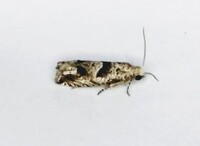
| Recorded by: Gary Maness on 2020-07-26
Guilford Co.
Comment: | 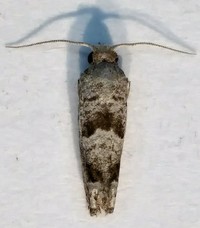
| Recorded by: Gary Maness on 2019-06-14
Guilford Co.
Comment: |
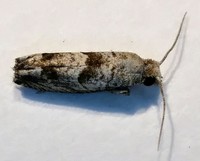
| Recorded by: Gary Maness on 2019-06-14
Guilford Co.
Comment: | 
| Recorded by: Gary Maness on 2019-06-14
Guilford Co.
Comment: |
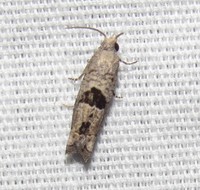
| Recorded by: B. Bockhahn on 2018-07-25
Orange Co.
Comment: | 
| Recorded by: Darryl Willis on 2016-04-21
Cabarrus Co.
Comment: |
|

 »
»

 »
»